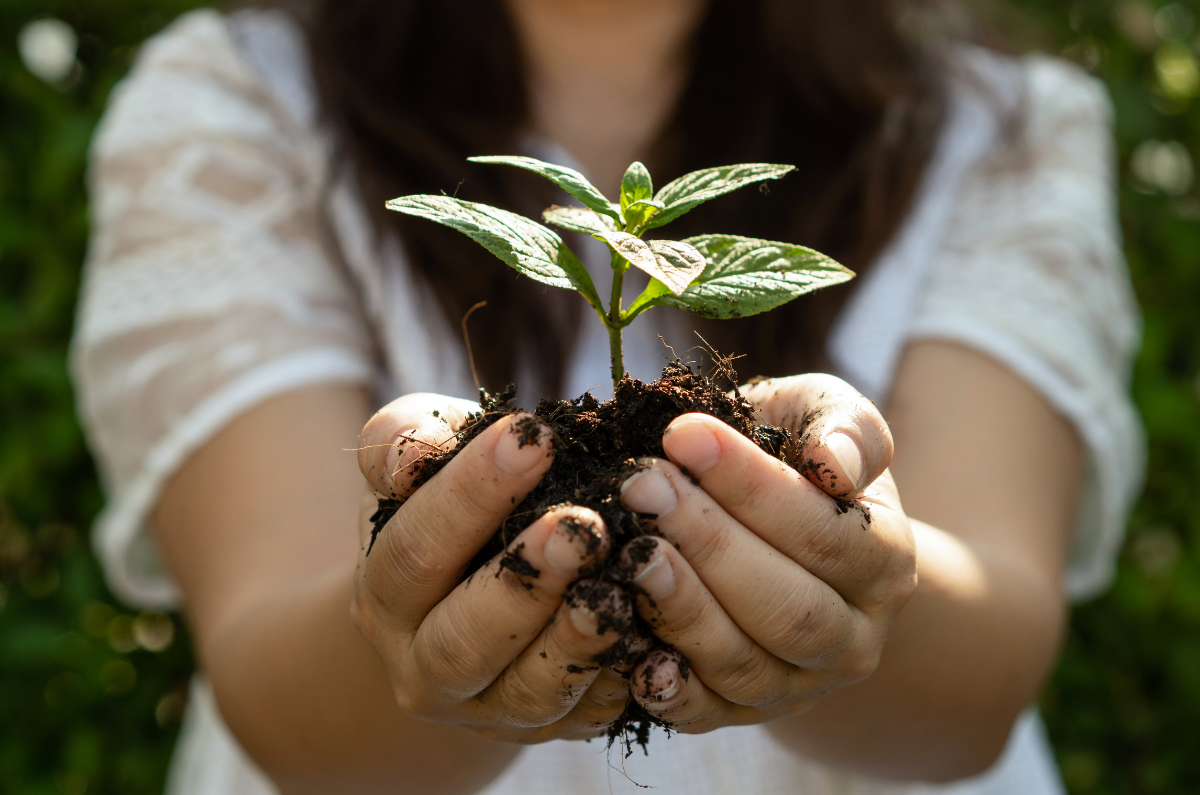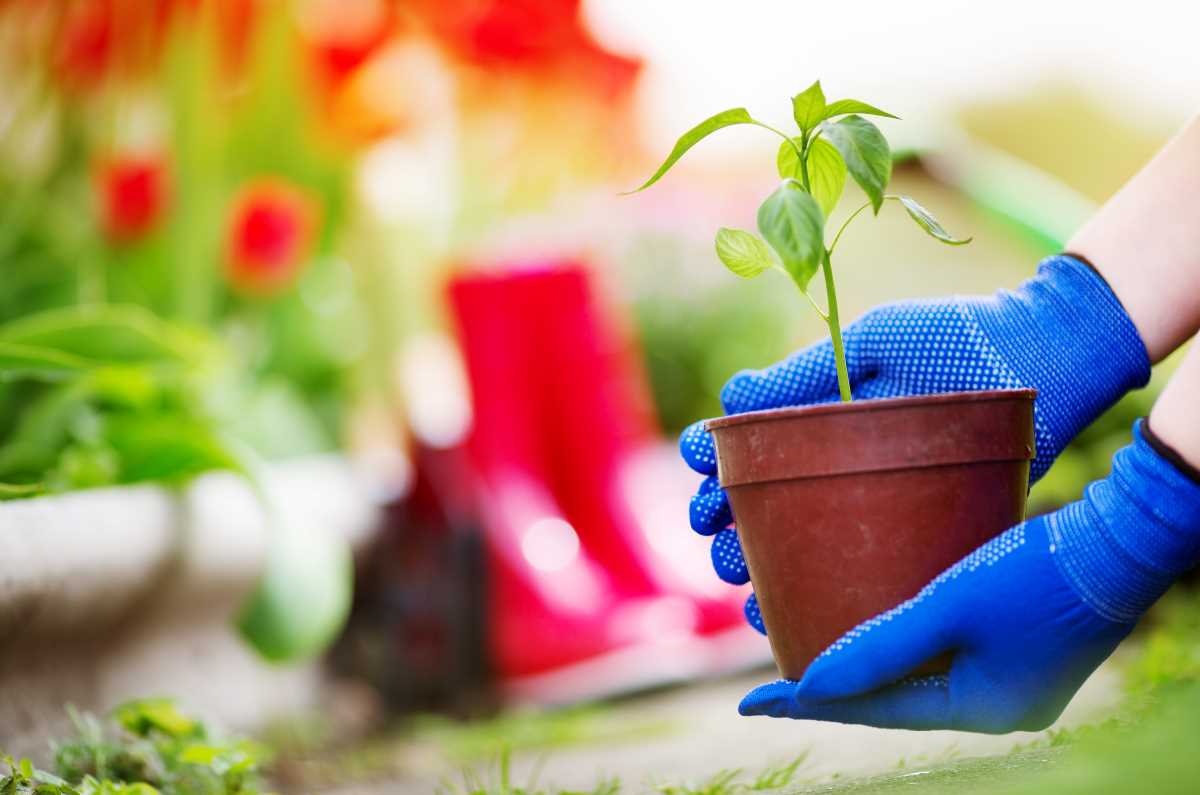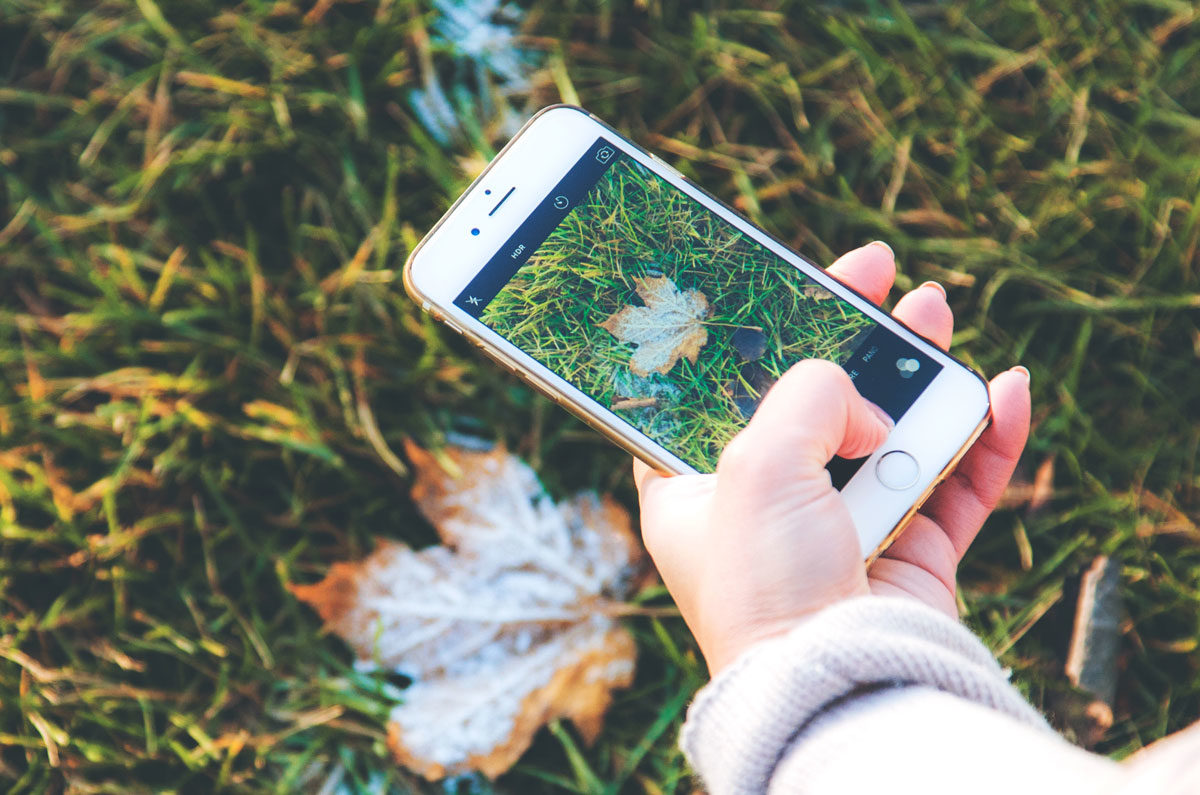Cast your mind back just a few short months when the thought of hanging out at home with no obligations would’ve been a wonderful dream. Relaxing, feet up on the couch, a cheeky afternoon nap…ah, the serenity. Now that we have to stay at home, we’re all finding it a little harder than we thought it would be to stay sane and entertained.
So our team have come up with a bunch of things you can do at home this Easter long weekend, and into the coming months. Apologies (sorry, not sorry) this is another long one!
Play – with your kids, pets, partner. Now’s the perfect time to let your inner child loose, play and have fun! Rediscover chasey (the dogs love that one), play hide and seek, build a blanket fort in your lounge, play footy in the backyard, play SH Health’s Easter Bingo, take part in the wheely bin challenge.
Learn – about the world, a new skill, language, art, culture, history, society. There are so many organisations providing online learning courses, and many of them are free. Just search online using your favourite search engine, and explore what’s available. Also check out Laneway Learning, MOOCs (massive open online courses), TAFEs and colleges, community houses. You’ll come out of this pandemic with so much knowledge you’ll wow everyone at your next trivia night ?.
Read – OK complete disclosure here – I’m a librarian, so I love reading and want everyone to enjoy reading too. Now is a great time to read that book you’ve always wanted to, or the one your friends have been going on about. You can read so many books online, or you can you can listen to audio books. Some are free, others you’ll have to pay for. Or go through the pile of books and magazines you have at home. Reread your favourites, share them with your family, create a bookclub and discuss what you loved. And don’t forget to check out your local library to access eBooks and audio books.
Travel – one of our MSK Kids families is travelling the world by having different themed dinners and dressing up. So far they’ve been to India, Malaysia, USA, Thailand. You can travel online and visit cultural and historical collections around the world, zoos and galleries, explore travel blogs, watch documentaries. It’s amazing how much of the world you can experience from home.
Worship – we’re entering an important period of celebration and significance for many faiths. But we can’t gather at our churches, temples, mosques, synagogues and other places of worship with our family and friends. The good news is that a lot of them are going online. Contact your place of worship or search online to see what events are being streamed and when. Gather with your extended family and friends virtually after worship to celebrate together. It’s going to be different, and it’ll be challenging for many of us, but we can still celebrate the things that are important to us.
Create – draw, sing, paint, write, dance. Take a tip from The Sound of Music and put on a concert or puppet show. All you need to start is an idea. Then go online to see what you need (if anything) and how to move your creation forward. And don’t forget to check out Pinterest. Wow, that’s an amazing rabbit hole you’ll fall into for hours!
Donate – blood, plasma, goods, money…whatever you have to offer. As far blood and plasma go Australian Red Cross Lifeblood is still open and are a VERY essential service. So if you’ve never donated blood and/or plasma, and you’re healthy and well, they could really use yours right now. And if it’s been a while since you’ve donated, it’s time to head back there. Check out their website for more info to see if you’re eligible.
Play some more – do a jigsaw, create a Lego masterpiece, play board games. You can do many of these things online or using an app, or brush off the games you have at the top of the cupboard in your spare room. Challenge your friends to online games like Words with Friends (if you’re a nanna like me) or some very cool multiplayer games like Fortnite. Stay connected with your friends or meet new people online and have a great time!
Connect – call your parents, your aunt, your brother, your friend from high school. Or reach out via social media. Everyone’s isolated so let’s lessen that by staying connected with the people we love, and reconnect with those we’ve lost track of.
Organise – your cupboards, garage, the weird space under the house, your finances. Wherever you have mess or chaos, what better time than now to get these things in order?
Clean – on a similar note, clean. Clean out the old things you don’t need, want or use, Save them for when you can go to the op shop and donate them. Or prepare your online ads for when you can go back to selling online*. And once you’ve sorted through this stuff, physically clean your space. Give everything a good dose of elbow grease.
*Note – we’re working under the assumption that selling your goods is not an essential reason for leaving your home (e.g. to post something or for someone to visit your house to collect something.
Camp –it’s a much loved tradition in Australia for the Easter long weekend. You can still do it, just camp in your backyard or in the lounge.
Review – your insurance, your Will, finances, energy providers and telecommunications providers. Not nearly as much fun as camping but it’s important, and we never seem to have time for this kind of stuff. Until now.
Cook – we have endless online resources to help us create the perfect meal, try a new recipe, bake a cake or make chocolate crackles. Get the kids involved, make a delicious mess and have fun!
Listen – to each other, audio books, podcasts, music. Take time to really immerse yourself in whatever it is you’re listening to.
Write – a book, blog, journal, your family history. Whatever takes your fancy. Sit in front of the computer or grab a notepad and pen (or quill if you’re feeling fancy) and just get it all out. I find the best way to get started is to just do it…throw words down, have a brain dump, then reread it and edit after you’ve written something. Don’t tie yourself up in knots reading as you’re writing. You can edit when you take a break from the creative process.
Research – your family history, a place for your next holiday, info about your health condition, life, the universe and everything. By now you may have guessed that there are a lot of resources online. Try the state and national libraries, archives, commercial ancestry websites, travels sites, our website, museum websites. There’s so much information out there. The world really is your oyster when you have the time and inclination to do some online searching and exploring.
Garden – create a new garden, resurrect an old one, plant some pots, mow the lawn. Whatever you enjoy and gets you outside and into the fresh air. Then sit back and admire your handiwork. It’s such a satisfying feeling!
Meditate – with all the online stuff we’ve been suggesting, as well as all the noise of the constant media, work, school and everyone living in tight quarters at home, it can be overwhelming, exhausting and LOUD! So take some time out to be quiet. Why not try some mindfulness meditation? Or just sit quietly in your yard? Get the rest of the household involved, and make it a part of your new routine. Your mental health will thank you for these moments of stillness and reflection.
Exercise – well der. Clearly that’s a no-brainer, but it has to be included in our list. And exercise is one of the magical reasons you’re allowed to leave your home at the moment. But it does have to be in compliance with the restrictions in place in Australia, and any further restrictions in your state or territory.
Volunteer – there are many charities, community groups, schools and other organisations that depend on volunteers. And a lot of their volunteer work can be done from home. Check out what’s available by visiting the Volunteering Australia website, or contacting your school, sporting clubs and other local groups.
With all that we’ve offered here, and really it’s just the tip of the iceberg, we hope we’ve inspired you with some interesting, fun, challenging, thought-provoking things to do while in iso.
Have fun, stay safe, stay home and take care of each other.




















